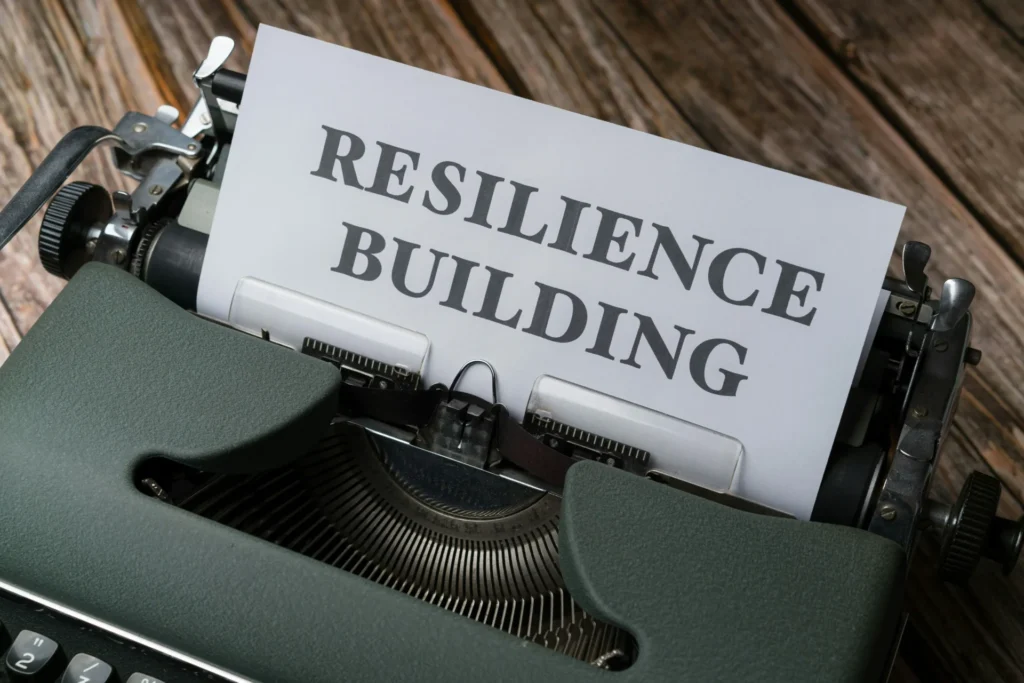Disclaimer: The information in this article is intended for general informational purposes only and does not constitute legal, financial, or insurance advice. Readers should consult qualified professionals regarding their specific situation. The author and publisher are not liable for any actions taken based on the content provided herein.
There’s a misconception quietly baked into the hustle of entrepreneurship, one that whispers, “Just build the product and the rest will follow.” But the future doesn’t reward hustle alone. Vision without insulation is fragile. Founders who want to build something that lasts, not just something that launches, need more than funding rounds, innovative decks, and a customer base. They need clarity on what protects their business and allows it to evolve. It’s time we start talking about what lies beneath the vision: resilience, foresight, and the not-so-sexy structures that make a business unbreakable in a world of volatility.
This isn’t about fear; it’s about taking your vision seriously enough to shield it, especially now, in a climate where economic pivots, tech disruption, and societal shifts are the norm, not the exception. Future-proofing your business means digging deeper than branding and buzzwords. It means understanding how to build an infrastructure around your mission that allows it to thrive no matter what comes next.
The Invisible Gap Most Founders Overlook

Many founders pride themselves on being lean, agile, and unencumbered. And while these traits spark innovation, they often breed a dangerous blind spot: a lack of structural foresight. We glamorize the startup that pivots, raises, and scales fast. But fast doesn’t always mean fortified.
Consider this: a founder might spend six months perfecting a product roadmap and zero hours understanding risk exposure. They’ll budget for marketing software but ignore their vulnerability to lawsuits, natural disasters, or operational breakdowns. It’s not intentional, it’s cultural. The startup ecosystem rarely teaches us to think about long-term protection. Instead, it pushes founders to chase growth while treating operational stability as a footnote. That’s the mental trap. We treat “getting insured” or “creating contingency plans” as something you do after success rather than as prerequisites for achieving it.
Business and insurance go together in more ways than most entrepreneurs are willing to admit. Whether it’s safeguarding digital assets, protecting physical infrastructure, or ensuring continuity during an unforeseen crisis, having the right business insurance in place isn’t a bureaucratic chore; it’s a strategic advantage. These tools, from general liability to cyber coverage and commercial property insurance, are designed to keep your mission alive when conditions change unexpectedly. And they will.
Founders who neglect this are often blindsided. Think of the small business suffering supply chain losses in a flood, but without coverage. Or the tech startup hit by a security breach that spiraled into a trust crisis. These aren’t fringe events; they’re common. And while passion fuels your launch, structure fuels your longevity.
Start Thinking Like a Builder, Not Just a Dreamer

To break free from this outdated narrative, founders must reframe how they define success. Vision isn’t just about where you’re going, it’s also about what can sustain you when things don’t go according to plan. That starts with asking harder questions:
- What would happen if a key vendor collapsed?
- Could your company survive a two-month revenue freeze?
- If you were sued tomorrow, would your business be protected?
These aren’t pessimistic hypotheticals; they’re leadership exercises. The most respected entrepreneurs are the ones who prepare their companies for uncertainty without losing momentum. Effective risk management strategies are essential for startups seeking lasting success. Resources like Entrepreneur offer valuable insights on how founders can identify potential risks early, develop contingency plans, and build resilience into their business models. Incorporating risk awareness into your growth strategy isn’t about pessimism; it’s about empowering your vision to withstand challenges and thrive in the long term.
This is why comprehensive insurance isn’t an administrative afterthought; it’s a proactive mindset. As outlined in today’s leading resources, it’s not just about ticking boxes like “general liability” or “workers’ comp.” It’s about identifying coverage that reflects the real nature of your business model, industry vulnerabilities, and growth trajectory…
Build in Support Systems, Not Just Strategy

Here’s the real shift: future-proofing your vision means building a company that supports you as much as you support it. That requires community, mentorship, and access to foundational knowledge, especially for founders navigating traditionally underrepresented paths.
It’s not enough to register your LLC or secure funding. Ambitious founders, particularly women entrepreneurs and minorities, need infrastructure that includes financial literacy, legal support, mentorship, and advocacy. Fortunately, today’s resources are evolving. More entrepreneurs are tapping into business resource center networks that address these gaps. These hubs don’t just offer inspiration; they offer tools. From grant databases and legal workshops to coaching and community, they serve as an operating system for long-term founder health.
And here’s the nuance: building your business shouldn’t feel like surviving it. When founders surround themselves with education and empowerment, their ventures move from reactive to resilient. They stop scrambling and start shaping. They build with vision, yes, but also with wisdom.
Think Beyond Resilience Think Regenerative

Here’s a truth most founders discover too late: resilience isn’t just about surviving shocks, it’s about becoming better because of them. In other words, a business that merely withstands disruption isn’t enough. The goal is a regenerative business that adapts, reinvents, and even accelerates in the face of uncertainty.
That’s what separates short-term operators from long-haul leaders. They don’t just ask, “How can I return to where I was?” They ask, “What does this challenge reveal about my next evolution?”
So yes, business and insurance go together because ambition without insulation is just volatility in disguise. And in today’s climate, there’s no excuse for not embedding resilience into business DNA. Whether scaling a SaaS platform, launching a boutique brand, or building an agency from scratch, your vision deserves the protection it needs to thrive, not just survive.
Final Thought: Vision Is What You Keep Going
Here’s the hard-won truth: it’s not the boldest vision that wins, it’s the best-insulated one. Success doesn’t belong to the risk-takers alone. It belongs to the risk managers, who honor their mission enough to protect it from storms they can’t see by putting solid risk management plans in place. If you’re a founder with fire in your gut and a roadmap on your wall, great. You’ve also got an ecosystem beneath your feet that absorbs impact, flexes under pressure, and grows stronger over time.
Because your job isn’t just to imagine the future, it’s to reach it. Fully intact.












